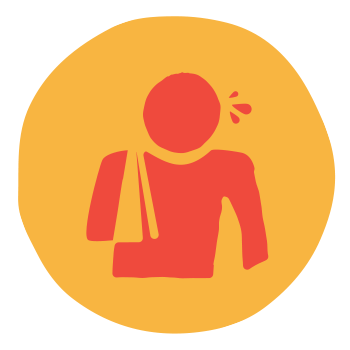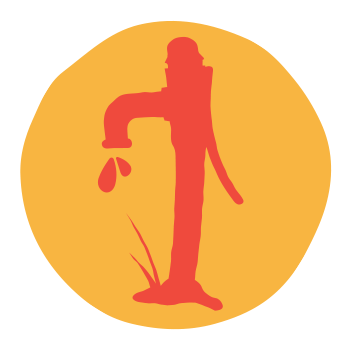Manmade Disasters: Civil Conflict and Social Instability
We all know what devastation more than years of vicious conflict has done to Syria, and 4 years of strife in Yemen has unleashed an unprecedented humanitarian disaster of mass starvation and disease. Other countries in the region have also experienced internal turmoil; in the DRC, conflict collided with an outbreak of Ebola that threatened to spread beyond country borders. Along the Colombia border with Venezuela, social and economic instability in Venezuela has created a crisis of families crossing the border to seek health care. In Ukraine, an invasion of the country by Russian armed forces is creating a scale of conflict, death and suffering not seen in Europe since World War II. Most recently, the latest conflict in Israel/Gaza has brought a new level of crisis to a region in turmoil.
The massive displacement and migration of civilians and the complexity of operating medical relief in insecure environments makes this kind of emergency one of the most difficult to manage. In refugee camps and in the movement of people, the living conditions, especially for children, the elderly and people with health problems creates the environment for the spread of potentially deadly disease and deprives people of even basic health care. Add the malnutrition and mental health problems that are part of the forced displacement of entire communities, and health care becomes one of the first needs and first casualties. The United Nations has estimated there are 100 million people around the world who have been forcibly displaced by violence and other disasters.








